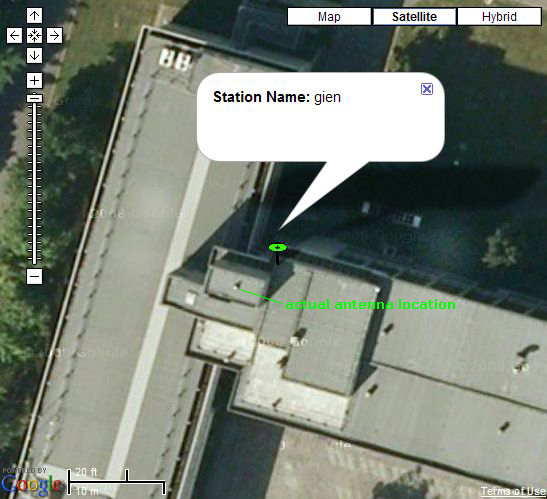About GPS’ satellite availability
October 20th, 2008 by Álvaro MozoHave you ever noticed that a satellite you configured in magicGNSS Beta is missing in the ODTS outputs and report? If this is the case, the satellite was likely unavailable during the configured dates.
As a GNSS user, you may be familiar with the NANUs. NANUs are messages published by GPS operators to inform about events occurring to the GPS constellation (such as maneuvers, on-board equipment maintenance, decommissioning, etc) affecting satellite availability.
magicGNSS needs to know about satellite availability, in particular those events that would affect ODTS, namely:
- New satellites declared active
- Existing satellites being decommissioned
- Satellites being manoeuvred
In order to achieve this, magicGNSS automatically gets NANUs as they are issued, parses them, extracts the relevant satellite availability information and stores it in its database. This is not a trivial issue, as there are 12 types of NANUs, according to the information they provide: the type of outage, whether it is scheduled or not, or other type of information. All the historic information is kept, so each ODTS execution will only consider satellites available in the scenario defined by the user no matter the dates selected!




